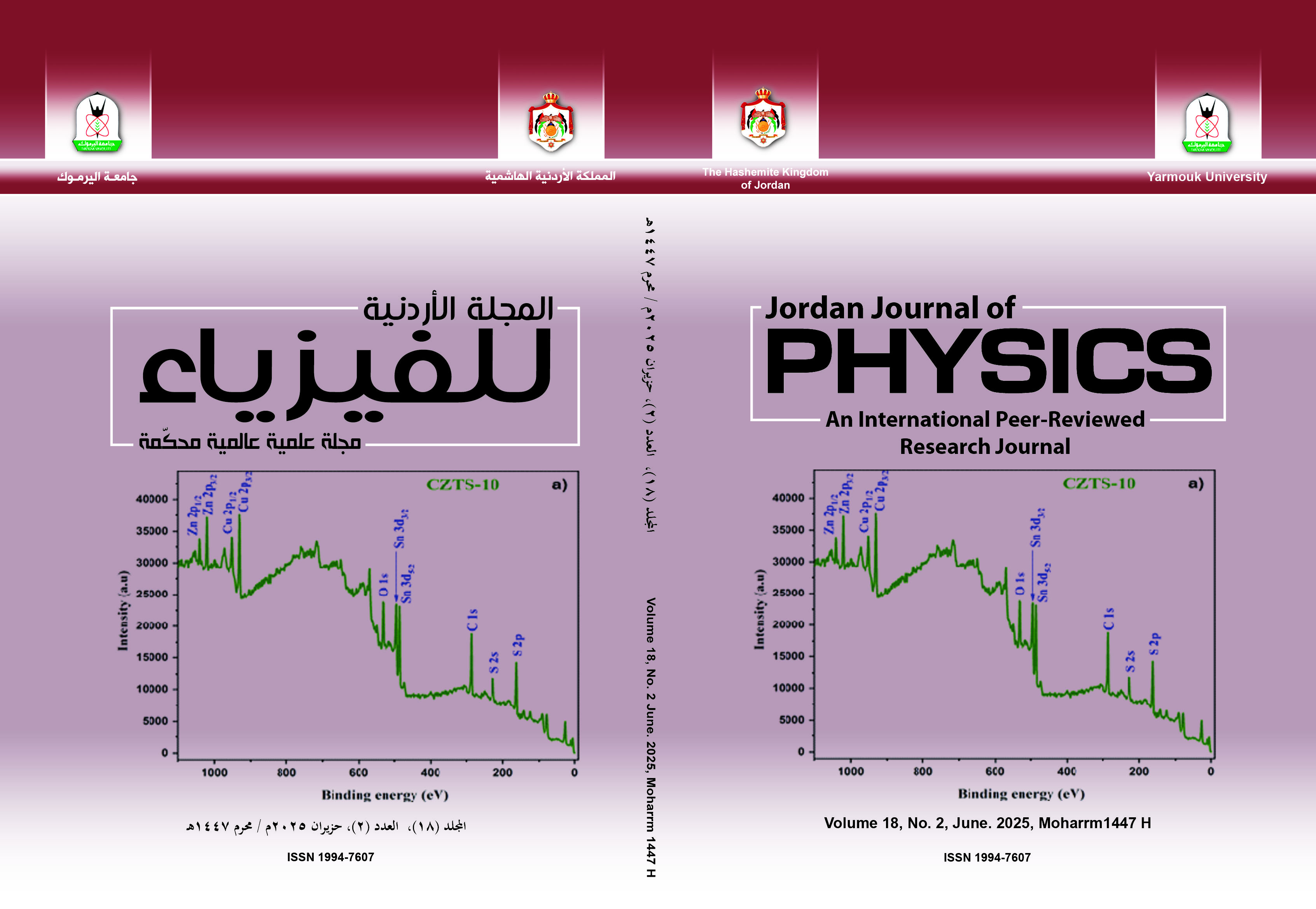Geometrical Interpretation of Lorentz Transformation Equations in Two and Three dimensions of space
Abstract
This study introduces a new method to interpret the mathematical formulation of Lorentz transformation by extending relative motion between inertial frames in two and three-dimensional space. The Lorentz transformation equations are the foundations of present-day relativity theory, and their possible extensions in two and three dimensions of space is an essential part of the theory. Here, the space-time coordinate transformation along X, Y and Z-directions are formulated by developing the relation between Cartesian and polar coordinates. Based on this modified theory, the correct transformation equations along X, Y and Z-directions are delineated, respectively, by the formulas and , where and denote the space-time coordinates measured from stationary and moving frame of reference respectively. With use of such modified transformation equations, invariance of space time interval and relativity of simultaneity have been studied extensively. In this charming topic of relativistic mechanics, our specific purpose is not to enter into merits of existing one-dimensional Lorentz transformation, but rather to propose a brief and carefully reasoned mathematical derivation describing new aspect of Lorentz transformation, which decently allows for the formulation of relativistic mechanics in two and three-dimensional space.


